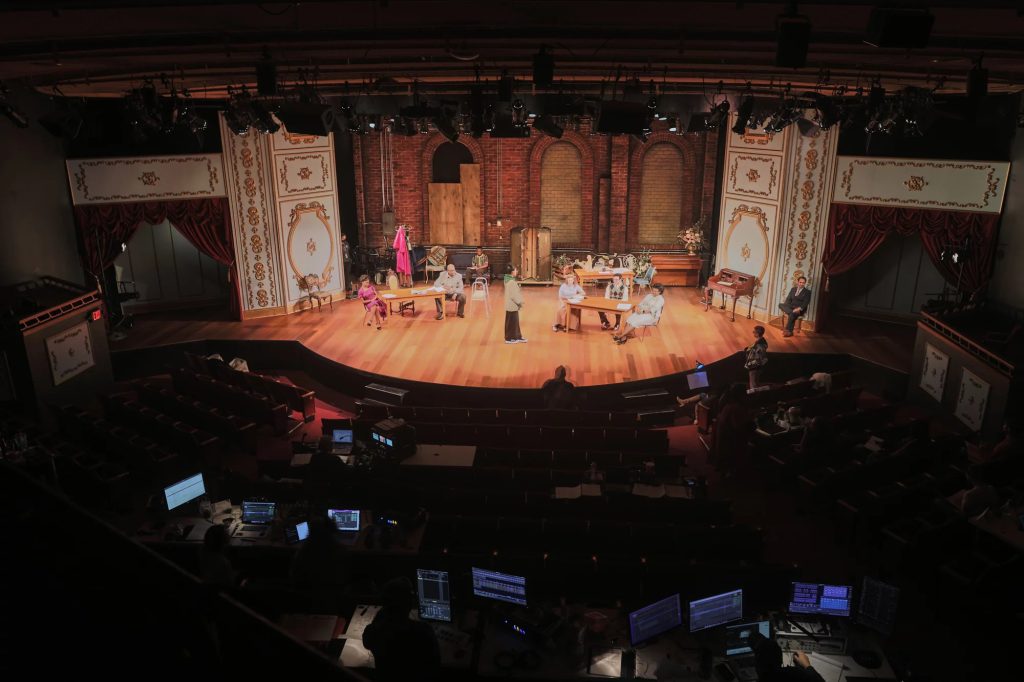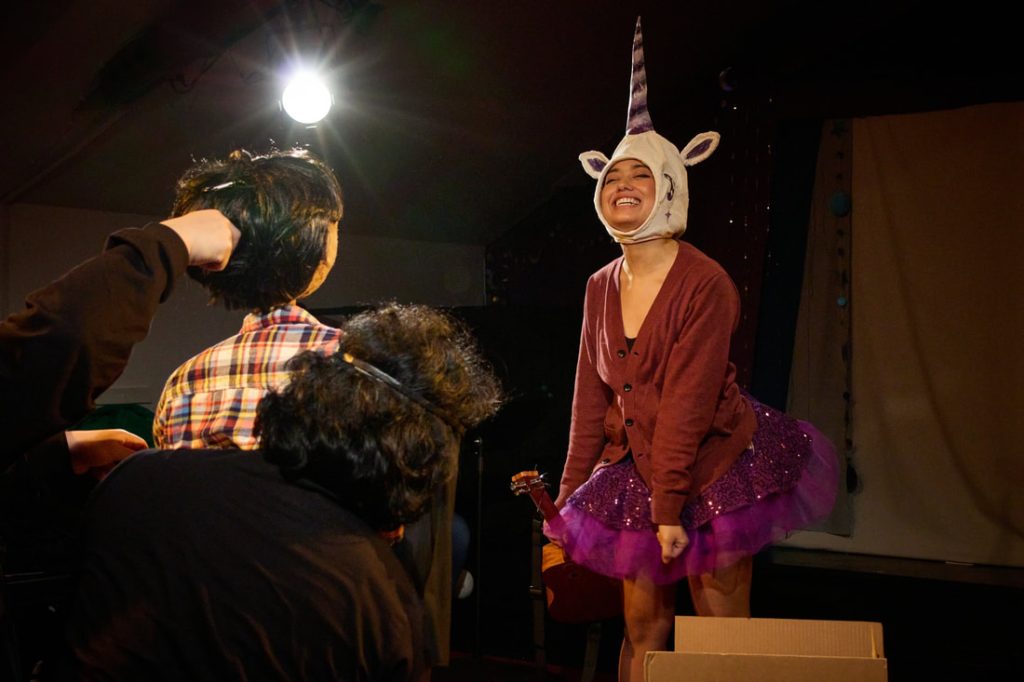
Photography by ANDREW PICKETT

Courtesy of NPR
Photography by JERSEAN GOLATT
In the dynamic realm of performing arts, self-produced theater is emerging as a significant force, driving innovation and bringing fresh perspectives to the stage. These independent endeavors, often born from grassroots movements, are dismantling traditional theatrical norms and offering audiences new and immersive experiences.
The Rise of Independent Theater
The resurgence of independent theater is largely fueled by grassroots initiatives that prioritize community engagement and inclusivity. Festivals like the Edinburgh Fringe have become catalysts for change, providing a platform for artists to present original work and connect with audiences on a more personal level.
Once relegated to the fringes of the theatrical world, independent productions are now gaining mainstream recognition, illustrating a significant shift in audience preferences and industry dynamics. Productions such as “Hamilton” have transcended their modest beginnings, becoming cultural phenomena and redefining the possibilities of theater.
In addition, projects like “The Laramie Project” have demonstrated the profound impact of independent theater in addressing complex social issues and fostering community dialogue. Such productions, through their authentic storytelling and innovative approaches, have achieved widespread acclaim and inspired a new generation of theater-makers.
Innovations in Storytelling and Performance
The landscape of theater is undergoing a remarkable transformation, driven by avant-garde productions that are redefining the audience experience. Shows like “Sleep No More” exemplify this shift, offering immersive experiences that dissolve the traditional barriers between performer and spectator. This innovative approach invites audiences into the heart of the narrative, fostering a deeper connection with the story and characters.
Further pushing the envelope are productions that incorporate cutting-edge technologies such as virtual reality (VR) and augmented reality (AR). These tools are not just gimmicks but integral components that expand the storytelling canvas. For instance, “The Encounter” employs binaural audio technology to create a 3D sound environment, enveloping the audience in a sensory experience that transcends the visual confines of the stage.
Moreover, the digital age has ushered in a new era of storytelling through social media. Platforms like Instagram and Twitter are no longer mere promotional tools but extensions of the narrative space. “Dear Evan Hansen” is a prime example of this trend, with its narrative deeply intertwined with the digital lives of its characters, mirroring the online experiences of its audience. This integration of social media into the fabric of the story not only extends the life of the narrative beyond the theater but also engages audiences in a continuous, interactive dialogue.
These innovations signify a seismic shift in the realm of theater, where the lines between reality and performance, between audience and storyteller, are increasingly blurred. The result is a more dynamic, participatory form of art that resonates with a generation raised in the digital era, promising a vibrant future for theater in the 21st century.
The Economics of Self-Production
Securing financial support remains a significant hurdle for independent productions. Yet, creative approaches to funding and sponsorship are emerging, enabling artists to bring their visions to life despite economic constraints.
Crowdfunding platforms have revolutionized funding for independent theater, allowing creators to directly engage with potential supporters and secure the resources needed to realize their projects. Successful campaigns for productions like “Natasha, Pierre & The Great Comet of 1812” highlight the potential of community-supported theater.
Efficient resource management is critical in the success of independent productions. The inventive use of minimalistic sets and adaptive spaces, as demonstrated by companies like Tectonic Theater Project, showcases how creativity can overcome financial limitations.
Challenges and Opportunities
In a crowded market, independent productions must carve out unique niches and employ innovative marketing strategies to attract and retain audiences. The success stories of shows like “Hadestown” illustrate the potential for independent theater to achieve critical and commercial success.
Cultivating a loyal audience base is essential for the longevity of independent theater. Engaging storytelling, coupled with effective use of digital platforms, can help productions build a dedicated following, as evidenced by the enduring popularity of “Be More Chill.”
Independent theater serves as a vital platform for diverse voices and stories, often underrepresented in mainstream media. Productions like “In the Heights” exemplify how self-produced theater can celebrate cultural diversity and promote inclusivity both on and off the stage.
The Future of Self-Produced Theate
The future of independent theater lies at the intersection of technological innovation, evolving social narratives, and the boundless creativity of artists. This forward momentum suggests a vibrant and inclusive future for theater, where new voices and stories are continually brought to the forefront.
As independent theater gains a global audience, productions are increasingly reflecting a diverse range of cultural perspectives, enriching the theatrical landscape and fostering cross-cultural dialogue.
The resilience and adaptability of independent theater in the face of the COVID-19 pandemic have underscored its potential to innovate and continue engaging audiences. Whether through outdoor performances or digital formats, independent theater is poised to navigate the challenges of a post-pandemic world, ensuring the art form’s survival and continued evolution.

Courtesy of The Eagle Project, NY

Courtesy of Leviathan Lab
Photography by YUKO KUDO

